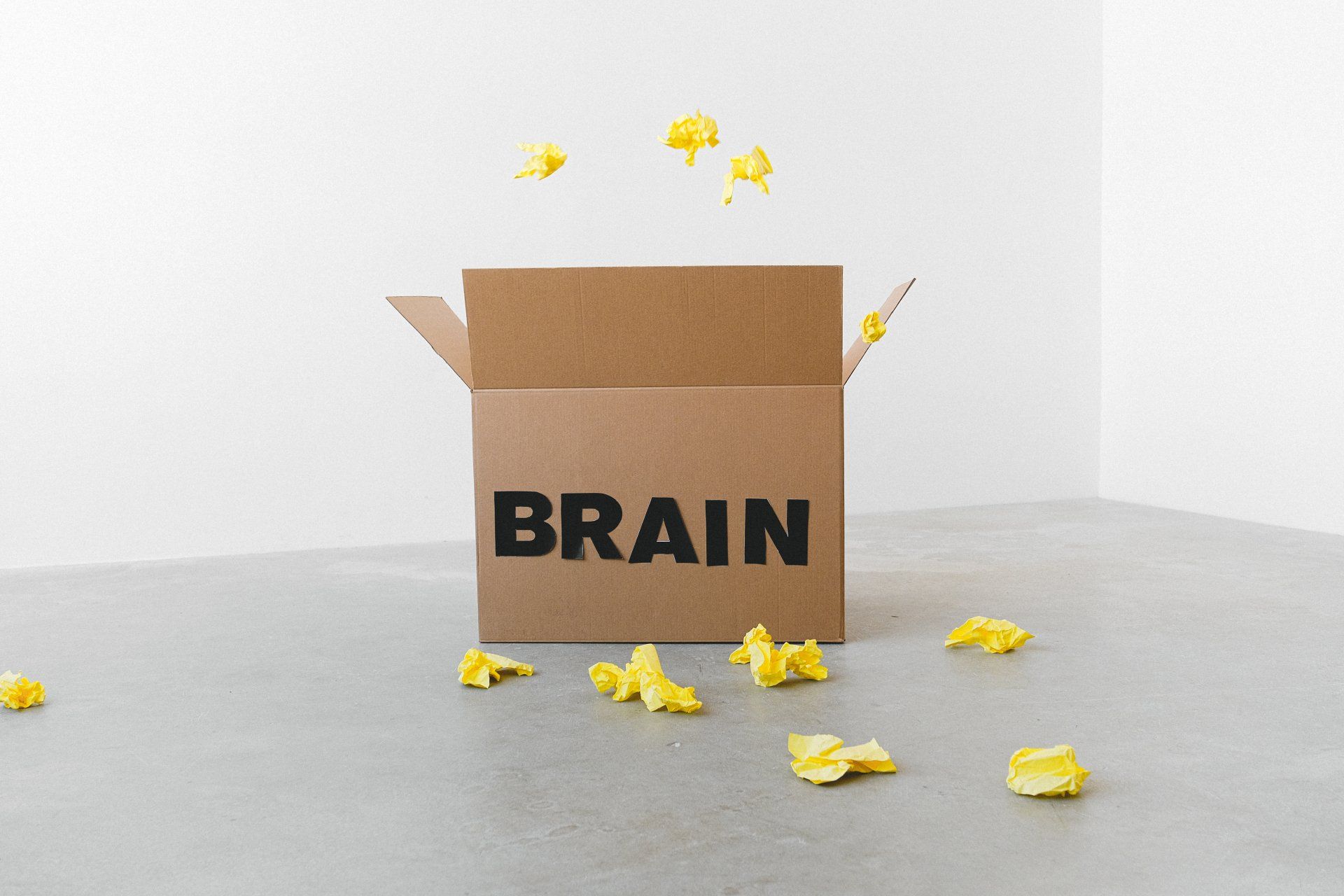Copyright Restraining Order and Immediate & Irreparable Injury
Under the copyright laws, a copyright owner may seek to impound infringing material. 17 U.S.C. § 503(a); see also 17 U.S.C. § 1203(b)(2) (allowing for the impoundment, under the Digital Millennium Copyright Act (DMCA), of “any device or product that is in the custody or control of the alleged violator and that the court has reasonable cause to believe was involved in a violation”). Moreover, the impoundment may in appropriate circumstances occur at the commencement of an action for copyright infringement. See, e.g., Wallace Berrie & Co. v. Custom Styled Toys, CV 82-1820, 1982 WL 1288 (E.D.N.Y. Aug. 16, 1982), reprinted in Copyright Law Reports, 25,492 (CCH 1981-83). Congress explicitly provided for the availability of impoundment in section 503(a) of the Copyright Act of 1976, which states:
"At any time while an action under this title is pending, the court may order the impounding, on such terms as it may deem reasonable, of all copies . . . claimed to have been made or used in violation of the copyright owner’s exclusive rights, and of all plates, molds, matrices, masters, tapes, film negatives, or other articles by means of which such copies . . . may be reproduced."
17 U.S.C. § 503(a). Section 503(a) provides for impoundment prior to a final determination that the defendant has infringed a plaintiff’s copyright since the statute specifically states that copies that are “claimed to have been” illicitly produced or used are subject to impoundment. Id. As the Supreme Court stated in Sony Corp. of Am. v. Univ. City Studios, Inc., 464 U.S. 417, 433-34 (1984), “[t]he Copyright Act provides the owner of a copyright with a potent arsenal of remedies against an infringer of his work, including . . . the impoundment and destruction of all reproductions of his work made in violation of his right.” Because BMC Software has established a prima facie case of copyright infringement and overwhelming evidence of violations under the DMCA, this Court should grant BMC Software’s request for a Seizure and Impoundment Order.
In Walt Disney Prod v. Air Pirates, 345 F. Supp. 108, 116 (N.D. Cal. 1972), aff’d in part, rev’d in part, 581 F.2d 751 (9th Cir. 1978), the district court recognized that impoundment of unauthorized and infringing items is an appropriate remedy where the copyright owner has established a prima facie case of copyright infringement. In that case, the defendant’s adult “counterculture” magazines depicted some of the copyrighted Disney characters. Disney established ownership of the works and that defendant had produced copies of them, thereby establishing a prima facie case of copyright infringement. The district court ordered, inter alia, that the infringing items were to be impounded. Id.
Temporary Restraining Order May Be Granted Without Written Or Oral Notice
Prior to 2001 there was considerable debate regarding whether ex parte seizure was available under the Copyright Act impoundment provision, which would presumably also apply to the DMCA provision on account of their textual similarity. See, e.g., Nimmer on Copyright § 14.07; WPOW, Inc. v. MRLJ Enters., 584 F. Supp. 132 (D.D.C. 1984); Adobe Systems, Inc. v. South Sun Products, Inc., 187 F.R.D. 636 (S.D. Ca. 1999); First Technology Safety Systems, Inc. v. Depinet, 11 F.3d 641 (6th Cir. 1993). However, regardless of whether an ex parte order was permissible under the copyright provisions, it was preferable to proceed under FED. R. CIV. P. 65(b) because it was well-established that an ex parte order was permissible under that Rule and because it could authorize a seizure more broad in scope than the copyright provision. See Adobe, 187 F.R.D. at 638 n.2; First Technology, 11 F.3d at 649-50. Rule 65(b) of the Federal Rules of Procedure, in addition to significant procedural details, generally provided for the following:
"[a] temporary restraining order may be granted without written or oral notice to the adverse party or that party's attorney only if (1) it clearly appears from specific facts shown by affidavit or by the verified complaint that immediate and irreparable injury, loss, or damage will result to the applicant before the adverse party or that party's attorney can be heard in opposition, and (2) the applicant's attorney certifies to the court in writing the efforts, if any, which have been made to give the notice and the reasons supporting the claim that notice should not be required."
Recognizing this uncertainty, in 2001 Rule 65 was amended by adding subsection (f), which provides that “[t]his rule applies to copyright impoundment proceedings.” The advisory committee noted that
"[a] common question has arisen from the experience that notice of a proposed impoundment may enable an infringer to defeat the court's capacity to grant effective relief. Impoundment may be ordered on an ex parte basis under subdivision (b) if the applicant makes a strong showing of the reasons why notice is likely to defeat effective relief. Such no-notice procedures are authorized in trademark infringement proceedings, see 15 U.S.C. § 1116(d), and courts have provided clear illustrations of the kinds of showings that support ex parte relief. See Matter of Vuitton et Fils S.A., 606 F.2d 1 (2d Cir.1979); Vuitton v. White, 945 F.2d 569 (3d Cir.1991). In applying the tests for no-notice relief, the court should ask whether impoundment is necessary, or whether adequate protection can be had by a less intrusive form of no-notice relief shaped as a temporary restraining order."
Courts Carefully Scrutinize Cases In Deciding Whether Ex Parte Seizure Is Warranted
Courts carefully scrutinize several issues in determining whether ex parte seizure is warranted, including the movant’s basis for believing the defendant will destroy evidence (bolstered by evidence that this defendant, or members of a class to which this defendant belongs, have destroyed evidence in the past) and whether the defendant is running a legitimate business that will be disrupted. See Adobe Systems, 187 F.R.D. 636; First Technology, 11 F.3d at 650-52; Matter of Vuitton et Fils S.A, 606 F.2d 1 (2d Cir. 1979); Vuitton v. White, 945 F.2d 569 (3d Cir. 1991). Merely the fact that evidence is in electronic form, which is therefore easily deleted, is generally insufficient. See id. It is relevant, however, if the accused individual has special skills that would enable him to permanently delete evidence, and if there are no other potential sources of evidence (such as defendant employees). See Adobe Systems, 187 F.R.D. at 642-43.
As the court in Fimab-Finanziaria Maglificio Biellese Fratelli Fila S.p.A. v. Kitchen, 548 F.Supp. 248, 249 (S.D. Fla. 1982) recognized, in cases involving allegations of infringement, “the giving of notice to the defendants would be likely to result in the disappearance of the counterfeit FILA goods and related records, or the ‘dumping’ or transfer of the counterfeit goods to unknown third parties, jeopardizing plaintiffs’ ability to prevent irreparable injury, to stop the distribution of counterfeit FILA products, and to determine the source and extent of the defendants’ dealings in the counterfeit FILA products.” (involving trademark infringement); see also In re Vuitton et Fils, S.A., 606 F.2d at 2-3. Numerous other cases have reached similar conclusions and recognized that ex parte relief is often the only effective tool for combating widespread infringement or counterfeiting activity. See, e.g., Reebok Int’l v. Marnatech Enter, 970 F.2d 552 (9th Cir. 1992); Vuitton v. White, 945 F.2d 569, 571-72 (3d Cir. 1991).
Wilson Legal Group P.C.
d/b/a Wilson Whitaker Rynell
(972) 248-8080 (Dallas) MAIN OFFICE
(713) 830-2207 (Houston) Appointment Only
(512) 691-4100 (Austin) Appointment Only
For more information on how we can assist in your intellectual property, commercial litigation, or other personal needs, let us know how we can help you:
Contact Us - Main Page
We will get back to you as soon as possible.
Please try again later.
Disclaimer:
This form does not establish an attorney-client relationship, and should only be used to contact the firm about scheduling a call or meeting. No confidential or sensitive information should be sent using this form.
The law office of Wilson Legal Group P.C. (d/b/a Wilson Whitaker Rynell) represents clients nationwide, including Dallas, Austin, Houston, and other Texas areas such as Fort Worth, Arlington, Carrollton, Plano, Allen, Lewisville, Flower Mound, Irving, Denton, McKinney, North Richland Hills, and all cities within Dallas County, Tarrant County, Collin County, and Denton County.
SERVICES
OFFICES
ABOUT
CONTACT
BLOG
JOIN OUR NEWSLETTER
Wilson Whitaker Rynell
16610 Dallas Parkway, Suite 1000
Dallas, Texas 75248
972-248-8080 (MAIN)
972-248-8088 (FAX)
info@wrrlegal.com (E-MAIL)














